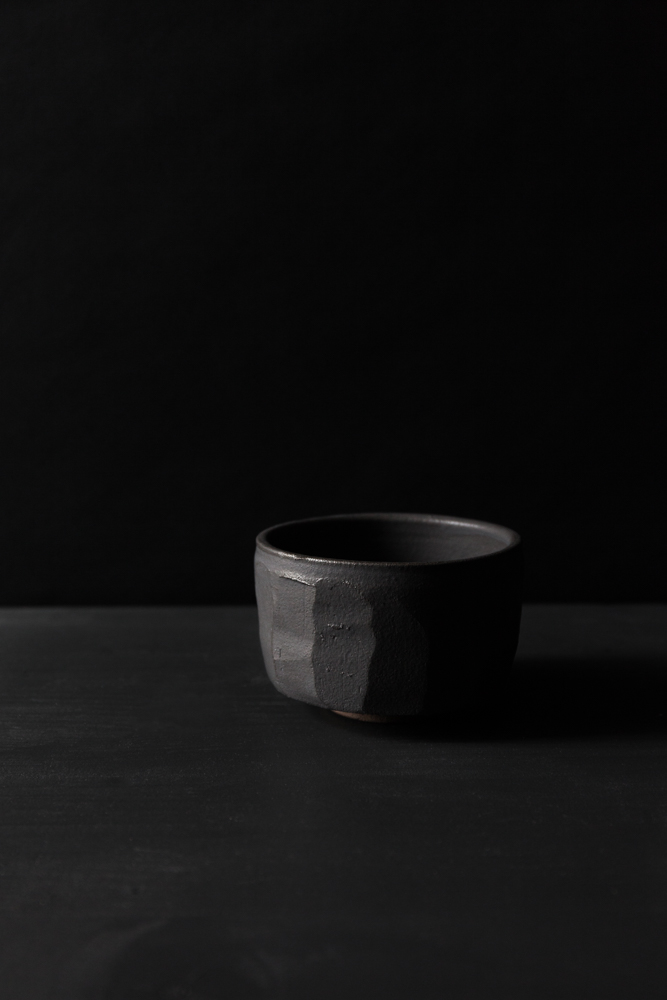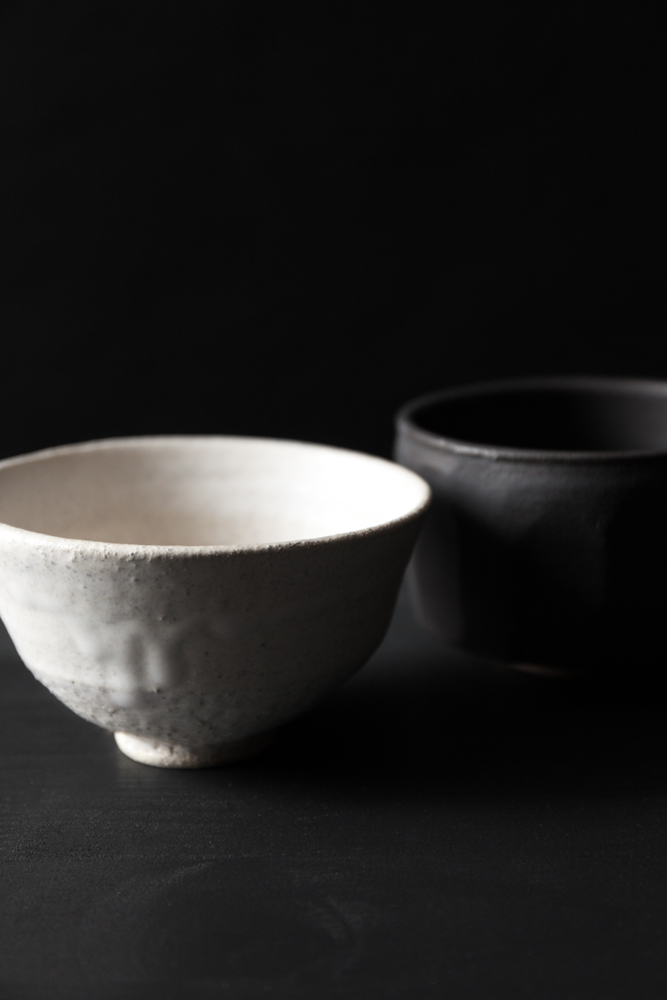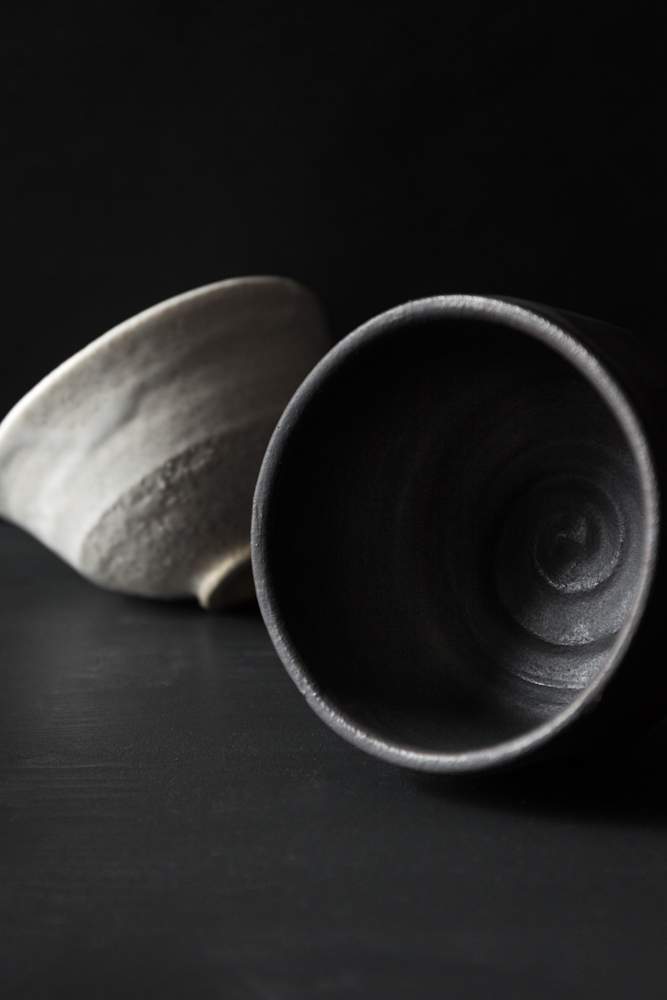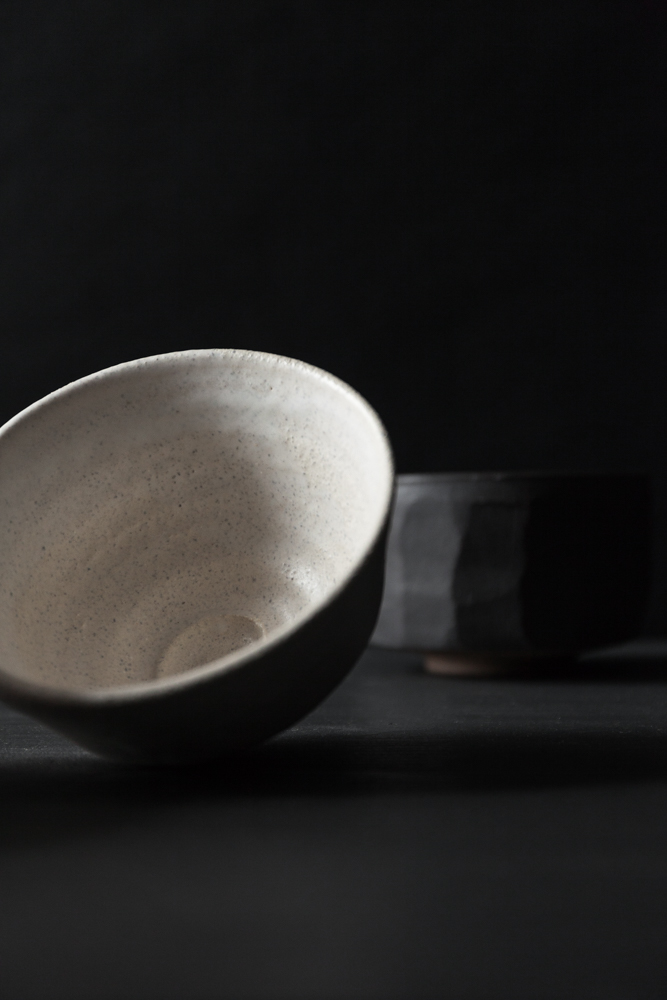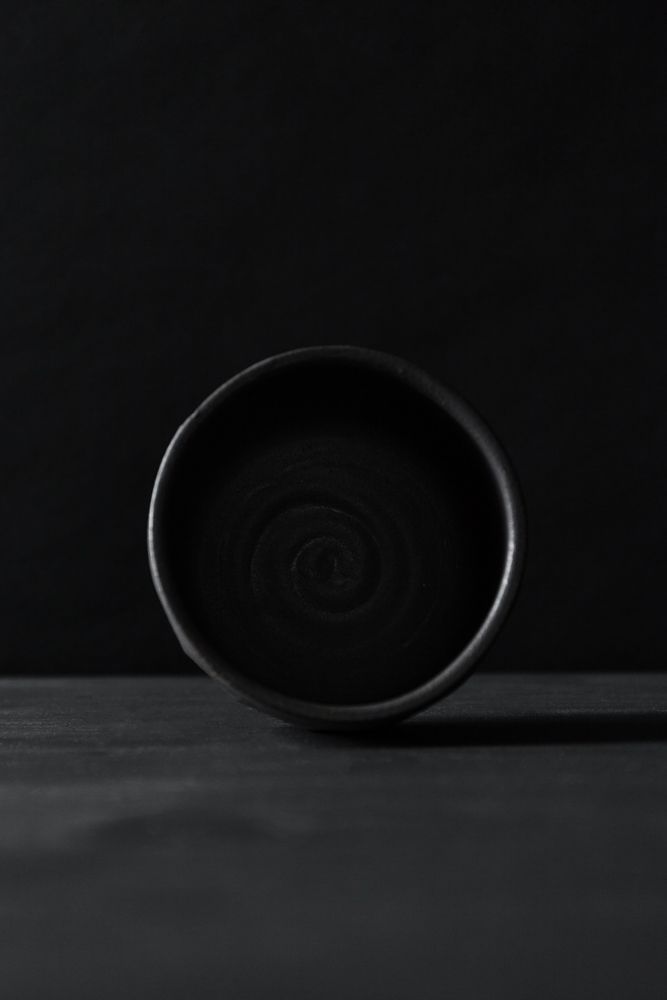The No. x Rikumo tea bowl collaboration launched this Autumn. These exclusive designs are available through RIKUMO Japanese homeware store in Philadelphia. Two bowls are part of this collection 'Kotton' a white open lipped tea bowl and 'Mokutan' a black high sided bowl.
It Breaks Open Like A Universe: A Conversation And Studio Tour With Rikumo
The word "chawan" is not a word you hear every day, but then again a chawan is not a common object. Elegant and marked by human craftsmanship, a chawan is a ceramic tea bowl that plays an essential role in the Japanese tea ceremony. A chawan requires a steady hand, a passion for the ritual of tea preparation, and a place of prominence in the household. At once poetic and functional, it is among the most beautiful of the useful objects. Romy Northover knows this first-hand: as the ceramic artist behind the design house No., she has become known for her organic, primitive vessels. Fueled by an interest in the raw character of clay and a fascination with open spaces, No. pieces examine the composition of vessel forms, exploring both the presence and the emptiness represented in a simple bowl. Indeed, No.’s portfolio reads like a love letter to the humble vessel: she has created golden crushed cups for Alex Eagle, a dark void-like bowl for The Line, and a towering vase for Calvin Klein. But it is the chawan that continues to fascinate her, and it is the chawan which has become the subject of our exclusive No. for Rikumo collaboration.
On a sunny Monday morning, we meet Northover in her studio in Red Hook, Brooklyn. She gives us a tour of her space and glazes a batch of freshly dried Mokutan bowls as we chat about her background and artistic process. Afterwards, as we take in the fresh air by the studio terrace, we talk about tea, the importance of flexibility as an artist, and the beauty of open spaces. As our conversation unfolds, a crucial truth emerges: in Northover’s work, it is impossible to separate craft from philosophy. Like an empty tea bowl waiting to be filled, they encompass the fruits of an impressive oeuvre and the anticipation of further paths to be explored.
Interview by Magali Roman
To read the full conversation click HERE

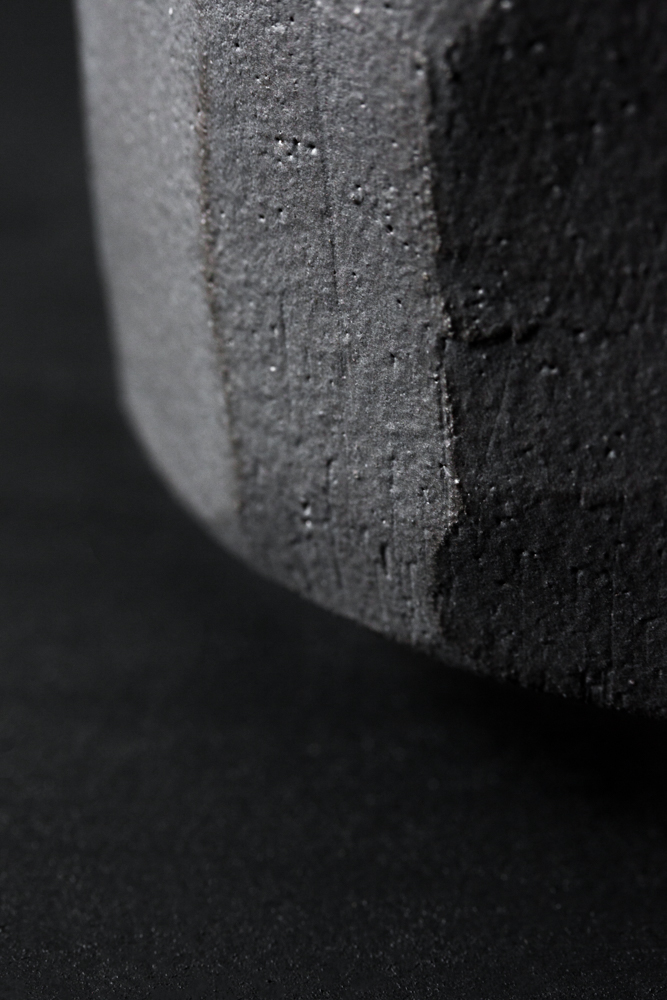
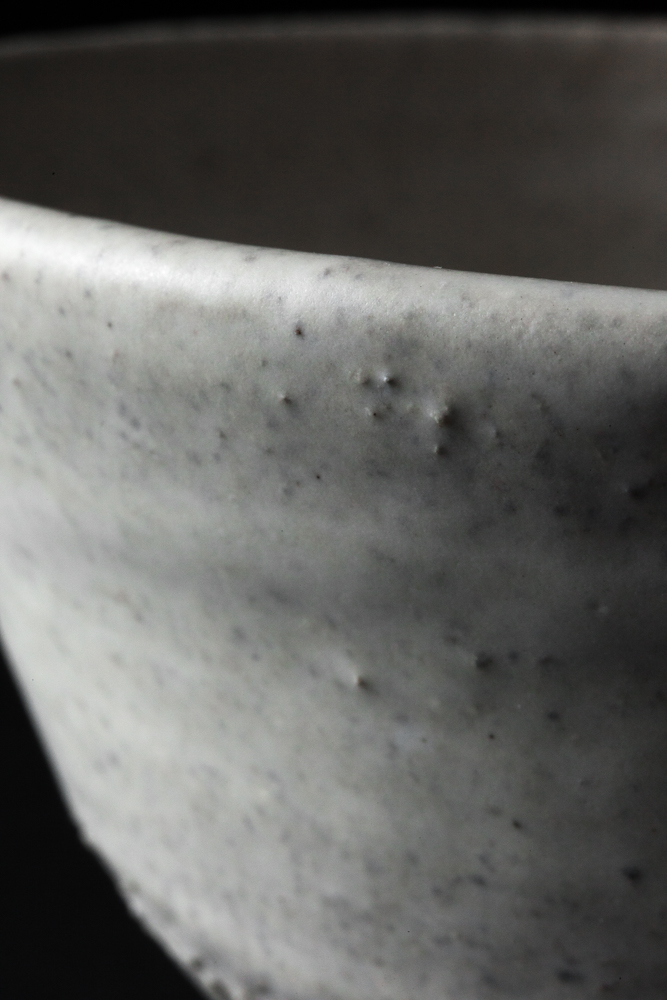
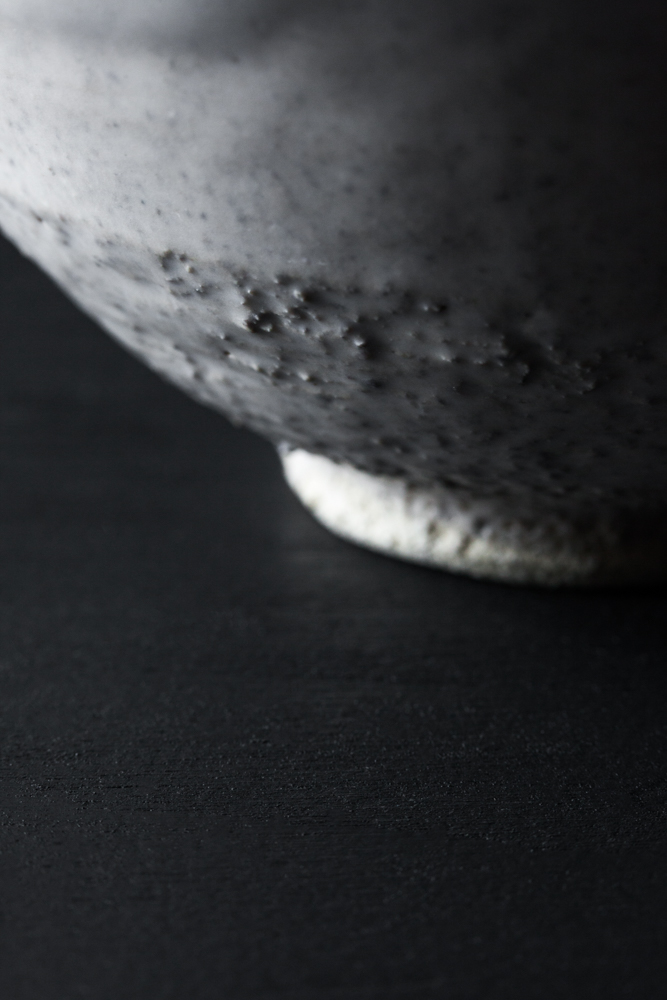

Is that the reason why you tend to do bowls and vases as opposed to the usual ceramic pieces like tableware?
I think the tea bowl for me is particularly strong for it having such a strong sense of history. Once you involve the tea, it breaks open like a universe. You can keep on working with it and never find an end point. For me, that has a much deeper sense of purpose and interest for me than straightforward tableware. That’s not to take anything away from [tableware], it’s just that the tea bowl has a symbolic and historical reference that I find fascinating.
The white was chosen to emphasize this idea of lightness, of elevation, of white cotton, airiness of summer. But also within that, you can really see the green of the tea. [The glaze] is almost like a vehicle for examining tea. Same with the black bowl- when you have a dark background, it’s actually really interesting what that does to the color of the tea. It can really intensify that green until it becomes more luminous, whereas the white one you tend to see more of the earthy tones of the tea. You get the brightness with the dark and the earthiness with the white. It’s a part of the process of tea, of experiencing it, of taking your time with it. It doesn’t mean that you can’t use one bowl out of season. It’s a cyclical feeling: you have the cycle of the seasons, the circle of the bowl, the cycle of your digestion… all of these movements that are meridian as opposed to linear processes.
The potential to hold new things.
For me, it’s philosophical. It’s how you experience existence and life.



